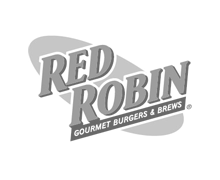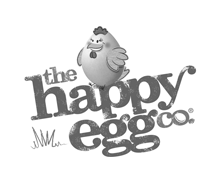Throughout all facets of 2013 judging, the EAT™ Method will be used to evaluate culinary entries into the various competitions at the World Food Championships. While the execution portion of the method may be different in the World Chef’s Challenge contest, the same three criteria that dictate a quality entry at the World Food Championships still remain: execution, appearance and taste.
So what does EAT mean to a competitor in a category competition like the World Burger Championship? The answer is both simple and sophisticated, all at the same time.
For starters, if we look at what the judges will be instructed to evaluate, that should lay the framework around how the EAT method is assessed and scored. Here are the stated rules:
Within a category, “Execution” may be defined specifically to the category it belongs in. However, in general, Execution will be evaluated by overall and specific judge’s interpretations of dish structure, edibility, design and preparation.
Within a category, “Appearance” may be defined specifically to the category it belongs in. However, in general, Appearance will be evaluated on two criteria: the product to be sampled, which is presented for judging, as well as the overall appearance of the presentation platter. EAT judges will be instructed to more heavily weight their scoring in this Appearance category based on the product itself, but to also consider overall presentation appearance.
Within a category, “Taste” may be defined specifically to the category it belongs in.
So what does all of that mean, exactly? Well it doesn’t “exactly” mean anything. Remember, human judging is subjective with objectivity mixed in. There is no exact right answer. It’s not math, it’s culinary!
Here’s what it means in approximation. In the judges meeting, the judges will be tasked with the difficult duty of evaluating each dish on its own and by its own merits. They will be told to evaluate the dish on appearance. Is it pleasing to the eye? Does it look appetizing? Do you want to take a big bite out of it right now? They will be told to evaluate the dish on taste. Is it pleasing to the taste buds? Does it make you want to eat more? Are the flavors appealing? Is there an appropriate balance of flavor? Does one element overpower the others? And lastly, they will be told to evaluate the dish on execution. Did the dish come together? In your assessment, if, in the case of evaluating a burger, is there an appropriate ratio of topping, to burger, to condiment, to bun? In your opinion, did the cook successfully accomplish what they set out to accomplish? Does the dish meet the criteria of the specific category?
At all points, a human will enter into human judging with personal biases. It’s important for the judges to attempt to place all personal biases aside and evaluate a dish simply on its own merits.
When all is said and done, the judges are left with the responsibility to assess and evaluate the success of each dish placed in front of them. The judges hold the cards to the hopeful bright and shining culinary future of each participant in this Ultimate Food Fight. This is not a task to be taken lightly, rather, it’s a responsibility they will the instructed to take particular care of and pay specific attention to when judging. The serious nature of this responsibility is only fair to the competitors’ blood, sweat and tears that were shed to plan, prepare and execute each dish.




























CONNECT WITH THE WORLD FOOD CHAMPIONSHIPS